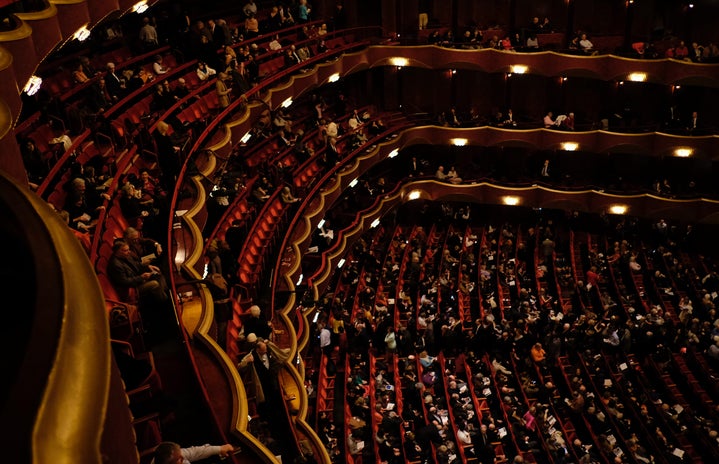I come from a diverse nation. We have multiple languages and many festivals, but at the end of the day, we are one united nation.
One such festival occured recently on March 19 and ended on March 20. This festival is called Holi.
A popular statement during this time is “Bura na mano, Holi hai” which translates to “Don’t feel bad, it’s Holi.”’ It originates from the fact that we celebrate the festival by playing with colors and water, often getting drenched and colored from head to toe after the festivities have ended.
The Hindu festival occurs every year on the day of the full moon. The night of the full moon, prior to the festival, a bonfire, called Holika Dahan, is lit to symbolise the triumph of good over evil. “Holika Dahan” translates to the “death (Dahan) of Holi,” and this is where the name of the festival also originates from. On the next day, called Dhulheti, the festival is celebrated by applying color on friends and family. Another common Holi tradition is the drink “Bhang.” Essentially made from the leaves of cannabis, this drink serves as a healthy alternative to alcohol.
The significance of the festival is, first and foremost, to celebrate the victory of good over evil, that at the end of the day being evil will get you nowhere. Another takeaway is that this festival celebrates the season of spring while also praying for a good harvest. It is also a time to spend with family, forgive past errors, and celebrate the years to come. It strengthens our relationships with near and far relatives and even friends.


